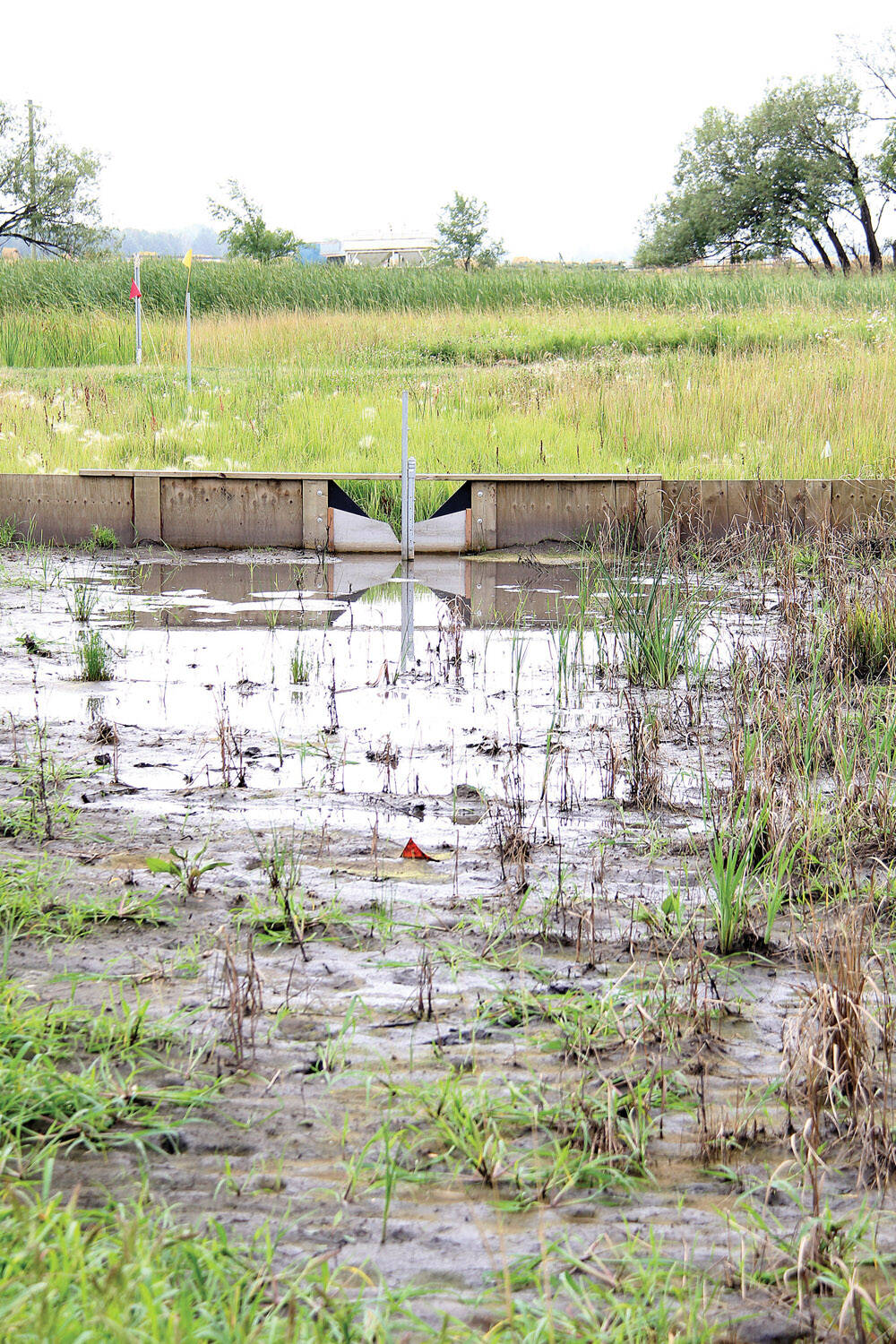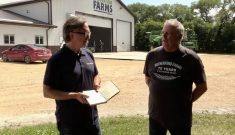Bring up tile drainage in a conversation, and you might get some very different responses.
Some, particularly farmers who have used it to boost production and manage water or salinity on perennially challenging fields, will sing the practice’s praises. Others worry about downstream regional water management or waterway nutrient loading in heavily tiled areas.
WHY IT MATTERS: Tile drainage can help stabilize ground water levels in a field, providing better conditions for both the crop to grow and the farmer to operate.
Read Also

Still hard to predict precise fertilizer payback
Despite decades of advances, international research finds no clear answer for where and when adding nutrient will fail to boost growth.
The potential cropping benefits of tile drainage have sparked creative ways and research to overcome some of the environmental shortfalls, such as recycling tile-sourced water and reserving it for a farm’s use during dry times.
Agriculture has been playing with some of those concepts for years, such as bioreactors and constructed wetlands to act as natural filters and help address nutrient leaching from tiled fields into wider waterways.
Tile discharge drains water from a wide area to a single point, noted Matthew Reid, an assistant professor and researcher of civil and environmental engineering at Cornell University, during the recent Pan-American Light Sources for Agriculture Conference in Saskatoon, Sask. That potentially opens the door to “build something to try to mitigate some of those nutrient losses,” he said, such as the aforementioned bioreactors.

“The drainage water, instead of discharging directly into streams, can be diverted through basically a trench which is filled with wood chips … and the purpose is to provide a carbon source for biofilm that can then denitrify the nitrate,” Reid said, noting that other agricultural residues can be substituted for the wood chips.
That last point dovetails with his work hoping to improve bioreactors. He’s trying to get a better idea of how wood decomposes and how that effects wood chips’ ability to filter nitrogen.
Wood is a relatively poor carbon source. One of wood’s biological components, lignin, creates a layer of cellulose which protects it from microbial accessibility in low oxygen conditions and hinders its ability to break down.
Lighting up microscopic insight
Using eight-year-old wood from a bioreactor at a Cornell experimental farm, Reid and his team collected nine samples from close to the discharge, midstream, and downstream at three different depths. The samples were then taken to the lab and incubated with nitrate.
“We found that there was a significant amount of spatial variability in how effectively wood chips collected from different parts of the reactor were able to remove nitrate,” he reported.
Analysis found that a low carbon to nitrogen ratio was associated with a more degraded wood, higher surface protein concentrations, and resulted in thicker biofilm density to cause a greater release of dissolved organic carbon and quicker nitrate removal. All of which means that greater degradation of causes greater denitrification.
“At first that might seem a little bit counter intuitive,” Reid said, “but what this is in fact saying, is that we need the wood to be decomposing and releasing carbon if it’s going to be an effective support and an effective carbon source for the denitrifiers.”

Reid next wanted to get a micro-scale look at what was actually happening, in detail, during the degradation process, and therefore get ideas on how to influence it.
Using the National Synchrotron Light Source-II (NSKS-II) at Cornell High Energy Synchrotron Source (CHESS), Reid used the light beam for x-ray micro-tomography and the method of x-ray scattering scanning (which gives precise physical data of a thing based on how x-rays react to it) to visualize the crystalline cellulose in the decomposing wood.
At this micro level, they viewed the cellulose depletion in their nine samples, yellow indicating more intact wood material and blue to indicate degradation.
“When we specifically look at the upstream parts of the reactor, (and) in the deeper parts of the reactor, we see the surface of the wood as characterized by these bluer colors is telling us that … the cellulose is more depleted,” Reid said.

For the other parts of the reactor (midstream and downstream at the shallow, middle and deep depths), the wood was mostly yellow, indicating it was mostly still intact despite being environmentally aged for eight years.
Reid suggested two reasons for this:
1. The upstream parts of the reactor are exposed to higher levels of oxygen, which is needed in high quantities for the degradation of lignin.
2. Concentrations of iron and manganese are higher in the deep, upstream parts of the reactor. There’s a theory that the two minerals could play a role in wood degradation.
Reid’s team noted iron accumulating on the surface of woods chips, and collected measurements of the minerals in the wood (also though use of the synchrotron x-ray).
“We were able to see that in the interior of the wood, we see reduced forms of iron and manganese. (And) by the surface, there’s more oxidized iron and manganese,” he said, adding that proves the minerals’ oxidation reaction effects degradation and release of carbon.
Bioreactors need air time?
Under normal conditions, bioreactors are permanently flooded. However, the permanent flooding limits opportunity for oxidation and, according to Reid’s research, the needed wood degradation.

His suggestion was that the structures might need to be periodically drained.
“Expose the wood to oxygen, and then when it’s reflooded, we can have enhanced labile carbon release, which will then enhance denitrification rates,” he said.
The tested the theory in lab experiments and saw denitrification rates rise with reflooding. Reid is still investigating ways to optimize the insight and find a balance for best improvements in the field.
















